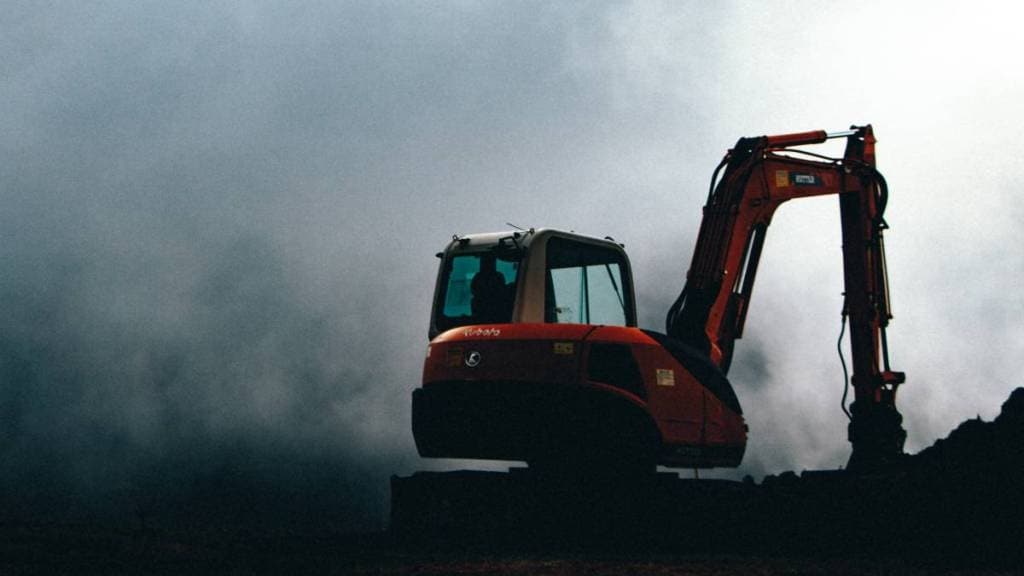In 2010, a gripping tale from beneath the surface of the Earth in northern Chile, where 33 miners were trapped 2,300 feet underground in the San José copper-gold mine. This harrowing event became one of the most famous mine rescues in recent history, showcasing the resilience of the human spirit and the power of global cooperation.
The miners’ ordeal began on August 5, 2010, when the main ramp into the mine collapsed, leaving them stranded. Initial rescue attempts faced setbacks, including cave-ins blocking paths to reach the miners. Communication remained a challenge until August 22, when the trapped miners sent up a note, reassuring the world that they were alive.
As days turned into weeks, the miners survived on minimal supplies, sharing tuna and mackerel found in the shelter along with water. Rescuers, including experts from NASA and Chilean navy submarine specialists, worked tirelessly to address both the physical and psychological challenges faced by the trapped miners.
The rescue efforts took a strategic turn with the implementation of three plans – Plan A, Plan B, and Plan C. Each plan involved drilling holes to create passageways to reach the miners. Plan A and Plan B required drilling two holes, starting with a smaller one and then widening it. Plan C involved cutting through 1,969 feet of rock and earth.
The tools used for this extraordinary mission were no ordinary drills. Plan A employed a Raise Borer Strata 950, typically used for drilling ventilation shafts in mines. Plan B utilized a Schramm T-130, usually employed for boring water holes. Plan C relied on a Rig 421 drill, typically used in oil drilling.
The rescue operation, which began on October 13, 2010, was a meticulous process. The first miner, Florencio Antonio Avalos Silva, was brought to the surface at around 12:11 a.m. ET. The final miner, foreman Luis Alberto Urzua Iribarren, was rescued approximately 22 1/2 hours later.
The miners, who endured 69 days underground, became symbols of hope and endurance. Following their rescue, many received compensation for their ordeal, with 14 receiving lifetime monthly pensions of $540. The operation’s estimated cost ranged between $10 million and $20 million.
The Chilean mine rescue was a testament to human determination, international collaboration, and the power of technology. It demonstrated that even in the darkest depths, the human spirit can triumph over adversity, bringing light to the world above.

